Choosing fertilizers for beets
Beets grow well on loose soils with a neutral reaction, but fertilization for beets is peculiar. She is very responsive to feeding, but does not tolerate excess nitrogen. During growth and development, this crop consumes different amounts of nutrients and this should be taken into account.
Soil preparation and organic fertilization
Beets are very demanding on nutrition and soil structure. The main nutrients are the same as for other plants - nitrogen, potassium and phosphorus. But in different periods of the growing season, the amount of necessary elements is very different. Improper feeding can lead to the fact that beets with wildly developed tops, but very small roots, will grow on the site.
After entering the site manure or chicken droppings beets should be planted after a year, when organic matter partially decomposes and nitrogen content decreases. At the same time, low-lying peat is an excellent fertilizer for beets. Even on the richest soils, beets are fed at least twice.
Liquid feeding with mullein or poultry droppings can only be carried out in the initial period of plant development. Usually, such fertilization for beets is carried out immediately after thinning during the formation of 2 true leaves. Concentration for mullein is 1: 8, bird droppings are diluted 1:12. Top dressing is applied in grooves located at least 5 cm from the shoots at the rate of a bucket of solution for 10 meters.
In other periods, nitrogen fertilization is carried out if, with normal watering, the leaves begin to lose color, stop growing and wither.
The second time fertilization is applied to the beets when the tops are closed. At this time, plants are especially in need of potassium and phosphorus. Therefore, wood ash is used for feeding, which is embedded in the soil at the rate of two glasses per 3 square meters. Such a fertilizing system is mandatory, regardless of the condition of the soil.
It is desirable to carry out one more liquid top dressing with ash during the period of active formation of root crops (August). The solution is prepared at the rate of 1:10.
Beetroot consumes a large amount of sodium, so it is practiced to feed this crop with table salt. A tablespoon of non-iodized salt must be diluted in 10 liters of water and water the plantings - a bucket per square meter. This improves the palatability of root crops and ensures better storage. It is advisable to carry out such dressings twice during the growing season - in June and early August.
With a lack of sodium, the leaves of plants turn red, which is a signal for feeding.
Beets are not afraid of lime, so they can be watered with lime milk throughout the growing season.
The procedure for applying mineral fertilizers
If the gardeners did not have organic fertilizers or manure was applied under the previous crop, beets are fed only with mineral fertilizers. The feeding system is similar to the introduction of organic matter.
- In early spring (in May), when digging a site, 20 g of ammonium nitrate is added per square meter or urea, about 25 g of ammonium sulfate, 20 g of double superphosphate and 10-15 g of potash fertilizers (potassium sulfate or potassium chloride). On poor soils, the rates can be increased by about 1.5 times, but you should not be too zealous.
- After the formation of 2-3 true leaves, it is advisable to carry out a liquid top dressing with urea, or sodium nitrate.
- In June, a solution of sodium chloride is introduced; it is better to dilute it in green fertilizer.
- In the middle of summer (July), 7-10 g of ammonium nitrate and 5-7 g of potassium sulfate should be scattered into specially prepared grooves in the aisles. After placing fertilizers in the soil, the beds are watered abundantly, so that the soil is soaked at least 5 cm.
- In August, re-feeding with a salt solution is carried out. At this time, beets need potassium, but due to the fact that the formation of root crops is completed, the use of mineral fertilizers is not desirable. This is due to the fact that the nitrates entering vegetables will no longer have time to go into the soil before harvesting. The only safe source of potassium during this period may be wood ash, which is introduced in the form of a liquid top dressing.
- After harvesting, you should think about supplying the soil with nutrients for the beets for the next season, primarily phosphorus. To do this, under the autumn digging, it is necessary to add 30 g of double superphosphate per square meter. Organic fertilizers are not applied for beets.
Foliar dressing of beets
When growing beets, do not forget about the possibilities of foliar dressing, delivering substances directly to the tissues of the green part of plants. These feeding have certain advantages:
- The nutrients are applied directly to the surface of the leaves, and are immediately absorbed into the tissues, therefore, they are used much faster and are absorbed more fully than those introduced under the roots.
- Spraying with a nutrient solution can be carried out in later periods of plant development, when there is a possibility of damage to the roots when making grooves.
- When spraying with micronutrient fertilizers, the elements are evenly distributed over the plants, while when applied to the soil, this is very difficult to achieve.
Foliar top dressing with basic fertilizers makes sense to carry out if necessary. If there is a lack of nitrogen (leaves slow down growth, plants look lethargic and weak), you can spray with a mullein solution, grass infusion or a solution of nitrogen fertilizers.
Spraying with a solution of sodium chloride (60 g per 10 l of water) not only replenishes the sodium requirement of plants, but also helps in the fight against the white butterfly and summer fly.
Copper, molybdenum and boron, which beets need, are also best applied as foliar dressings, which can be conveniently combined with spraying with salt.
Sugar beet feeding
Growing sugar beets is not much different from a dining room. But there are a number of peculiarities. First of all, it should be borne in mind that this crop is in one of the leading places in terms of nutrient consumption. So, with a yield of 400 kg from 100 sq m, beets will take from the soil about 0.55 kg of phosphorus, 2.5 kg of potassium and 1.8 kg of nitrogen. Accordingly, in order to obtain a full-fledged crop, this amount of necessary substances in the soil must be provided with fertilizers for sugar beets.
These roots grow well on neutral or slightly alkaline soil. In this regard, it is necessary to lime even slightly acidic soils. But the introduction of lime impairs the assimilation of boron by plants, the lack of which causes rotting of the core of root crops. Therefore, it is necessary to provide for the introduction of boron-containing dressings.
The greatest consumption of nutrients occurs during the period of active formation of root crops, that is, in July and August. It is at this time that the fertilization of sugar beets should be planned.
Beetroot is a very useful food product. It is used to prepare numerous dishes. On a personal backyard, you can get an excellent harvest of these root crops, if you provide proper care for this vegetable crop.
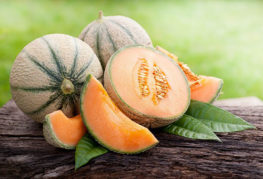
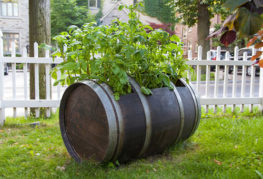
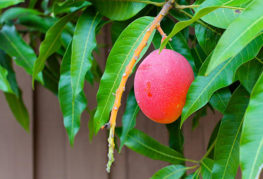
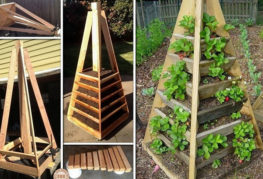
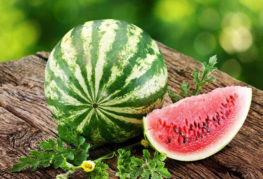
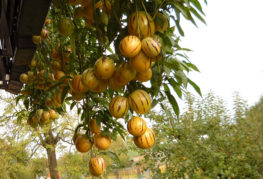
and will be published shortly.